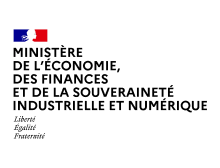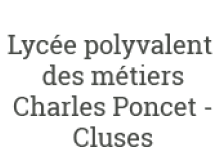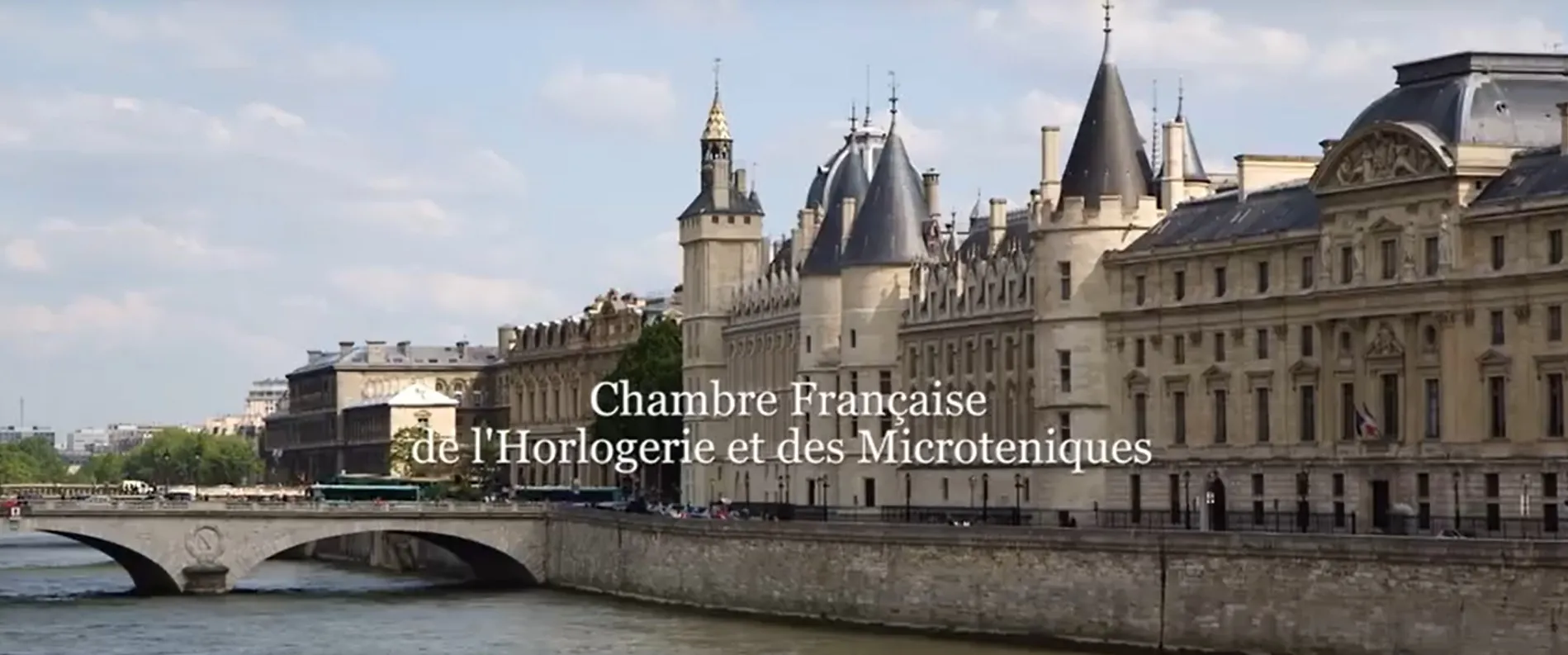FRANCE HORLOGERIE, C’EST :
Le temps tourné vers l’avenir.
S’appuyer sur le passé pour regarder sereinement l’avenir, telle est la conception du temps par France Horlogerie. L’histoire multiséculaire de l’horlogerie française lui confère une stabilité et un positionnement parmi les plus dynamiques du monde. France Horlogerie œuvre au quotidien à défendre et promouvoir la marque de fabrique très spécifique au secteur horloger français et à accompagner ses membres constitués tant de structures de petite taille que d’industries de taille importante.
Un organisme reconnu de représentation de la filière horlogère
Un accompagnement individuel appuyé sur le collectif
Un écosystème partenarial à 360°
Une vision prospective de la formation des talents de demain
Des instances pluridisciplinaires au service
de la défense et de la promotion de vos intérêts
Bureau
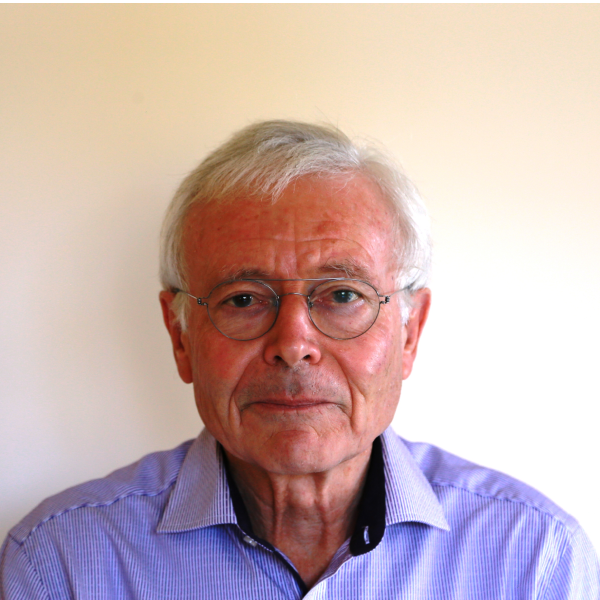
Jean-Pierre BODET
Président
Président de BODET SA

Guillaume BUTTY
Vice-Président
Président de TBRP GROUPE

Pierre BURGUN
Vice-Président
Président de PIERRE LANNIER
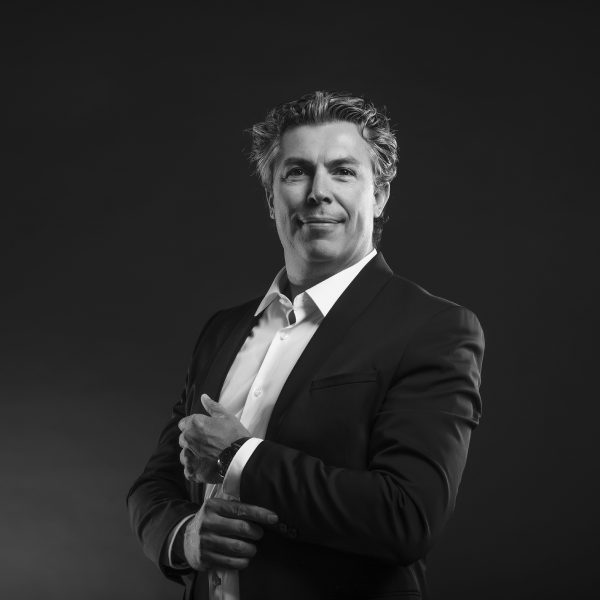
Cédric GOMEZ-MONTIEL
Trésorier
General Manager HERBELIN
Conseil d’Administration
Collège « composants »
Françoise MISEREZ
Gilles BULIARD, Gérant, LA PRATIQUE
Guillaume BUTTY, Président, TBRP GROUP
Antoine GERARD, Président du Directoire, GROUPE IMI
Pierre-François LOUVIGNE, Co-CEO & CSO, SILMACH
Gérard SIMON, Fondateur et Gérant, SIBRA
Sylvain TATU, VP Maunfacturing, FRALSEN
Collège « montres »
Laurent AZIZ, Co-founder & Associate Creative Director, FOB PARIS
Philippe BERARD, Président, SMB
Christopher BOLE, Directeur général délégué, MONTRES AMBRE
Pierre BURGUN, Président, PIERRE LANNIER
Henrick GAUCHE, CEO & co-founder, HEGID
Cédric GOMEZ-MONTIEL, General Manager, MICHEL HERBELIN
Collège « gros volume »
Jean-Pierre BODET, Président, BODET
Philippe BADAROUX, Président du Cluster Lumière, BH TECHNOLOGIES
Philippe LEBRU, Fondateur, UTINAM
Assemblée Générale
Equipe
Guillaume ADAM, Secrétaire général
Claudine GUINET, Assistante de direction
RAPPORTS D’ACTIVITÉ
Une activité consolidée par une filière horlogère dynamique
La filière horlogère française, qu’elle soit commerciale ou industrielle, figure parmi les parmi les plus dynamiques au niveau mondial. De nombreux acteurs la composent et la font vivre au travers de leurs compétences éclectiques et de leurs activités connexes.
Développer les partenariats pour accroitre les performances.
partenaires qui permettent une meilleure représentativité auprès des institutionnels et pouvoirs publics.
et de certification offrant une garantie du fournisseur au consommateur.
actifs dans le développement de la filière horlogère française.
FRANCE HORLOGERIE, C’EST :
Plusieurs unions pour plusieurs forces.
Au gré de l’évolution de la filière horlogère, de la production à la commercialisation, nous créons, développons et ajustons des partenariats avec des entités en accord avec nos valeurs, en cohérence avec vos besoins et adaptés aux contraintes et nécessités conjoncturelles.
FRANCE HORLOGERIE, C’EST :
Des partenariats avec les pouvoirs publics et les institutionnels.
Nous offrons une représentativité active, dynamique et reconnue auprès des institutions française et européennes qui a pour vocation d’aider aux développement de la filière, à sa promotion, mais aussi à sa défense le cas échéant.








